The views expressed in our content reflect individual perspectives and do not represent the authoritative views of the Baha'i Faith.
In the aftermath of terrorism at the Emanuel AME church in Charleston SC, I have been listening in on conversations around me and on the internet. I see my friends of the white race forcing distinctions between racial bias/prejudice/attitudes on one hand, and violent racism on the other. I call this arbitrary distinction “big racism/little racism.”
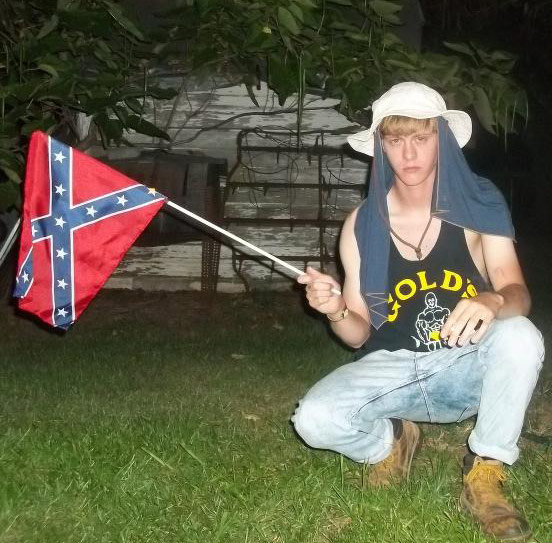
Dylann Roof
Some people attribute big racism, the violent kind which Dylann Roof, the 21-yr old white gunman erupted with, to mental illness. Often the thoughts of superiority and attitudes of prejudice—little racism–are neatly placed to the left of that, in a much less important position.
The problem with this approach? Its inherent assumption that these “two types of racism” stem from different causal origins and are therefore categorically different. That assumption says Dylann Roof is the rare case of a mentally ill, homicidal social recluse possibly on drugs and, by contrast, the majority of society that entertains racially-biased thoughts and attitudes only has, at most, a temporary loss of awareness. Big racism harbors hatred and acts out murderously; while little racism only harbors hatred quietly.
With these kind of thoughts, we are often asked to turn a blind eye, in the name of not being too harsh on ourselves and others. Some well-meaning friends enthusiastically offer remedies of love, kindness and acceptance when someone brings up these kinds of racially charged thoughts and incidences in their own lives. Some say “What are you going to do; you can’t police your own thoughts 24/7.”
This assumption–that we are dealing with two distinct phenomena–is not evidence-based and is merely a superstition, an assumption raised to position of a fact in the absence of evidence.
The superstition that there is a big racism monster–which may have genetic, psychological and environmental determinants inherently distinct from and sharing no linkage with prejudiced thoughts that we all succumb to–is indeed a myth, created by the very same racism as the mental illness itself. You see, racial hatred is sneaky like that. It covers itself and creates distortions to trick us into believing it is benign, and therefore blocks us from calling it by its real name.
Yes, the violent hate crimes we see popping up with astonishing frequency lately are the end products of a progressive type of mental illness that stretches over generations. Big racism as a mental illness is a generational disorder—but it starts with small racism, expressed in isolated instances. We can think about the progress of a disease like racism in much the same way a major depressive disorder would start, with an isolated case of the blues in its early stage of the malady. When left unattended, this condition worsens and gets a hold of the very life vein of the individual, and the society at large.
The Baha’i teachings call racism a disease, and a “dark, false and crooked doctrine:”
The theories and policies, so unsound, so pernicious, which deify the state and exalt the nation above mankind, which seek to subordinate the sister races of the world to one single race, which discriminate between the black and the white, and which tolerate the dominance of one privileged class over all others — these are the dark, the false, and crooked doctrines for which any man or people who believes in them, or acts upon them, must, sooner or later, incur the wrath and chastisement of God…Contrasting with, and irreconcilably opposed to, these war-engendering, world-convulsing doctrines are the healing, the saving, the pregnant truths proclaimed by Baha’u’llah, the Divine Organizer and Savior of the whole human race — truths which should be regarded as the animating force and the hallmark of His Revelation: “The world is but one country, and mankind its citizens.” “Let not a man glory in that he loves his country; let him rather glory in this, that he loves his kind.” And again: “Ye are the fruits of one tree, and the leaves of one branch.” – Shoghi Effendi, The Promised Day is Come, pp. 113-114.
Shoghi Effendi, the Guardian of the Baha’i Faith, demonstrated and praised a quality called “seeing the end in the beginning.” Only those individuals who have labored hard to expand their capacity can grasp this spiritual quality, and Baha’is strive to attain it. If a person can see the end in the beginning, they can immediately recognize a thought trace of racism within, and see the potential of destruction in it even at its earliest stage.
Much in the same way, this person will not be blinded by various labels associated with the same tendencies seen in others, and hence the keenness of their vision is not obstructed. From this vintage point, such an individual will then try to squash the thought trace or attitude with all their might as diligently as they can within themselves, their children and families.
This is the only way to prevent the disease of racism from catching fire in the collective consciousness of humanity. I am convinced that nothing short of constant and diligent work to beat the racism monster in its first appearance—to prevent little racism from turning into big racism–can prevent the progression of this terrible disease to uncontrollable societal end points.



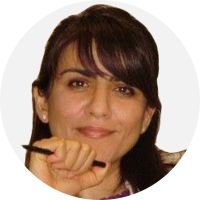
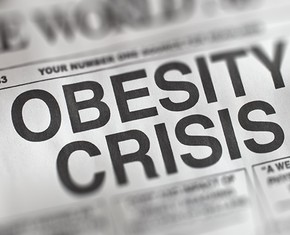
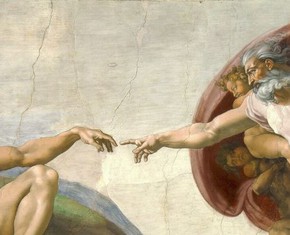

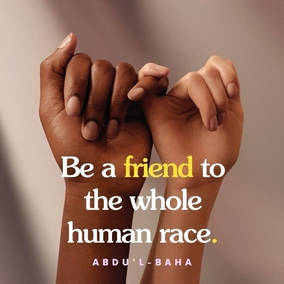
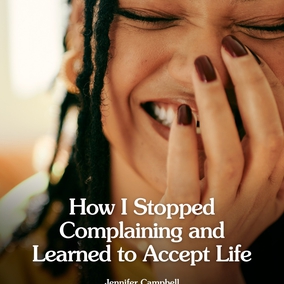
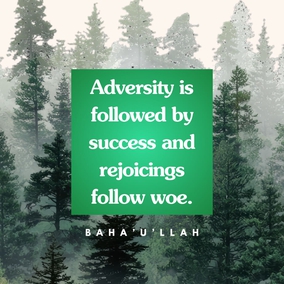
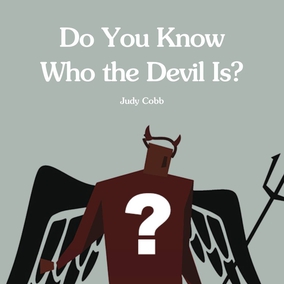
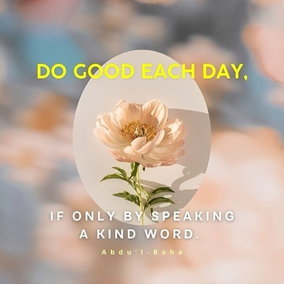

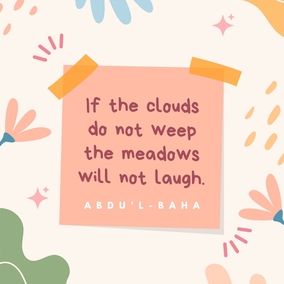
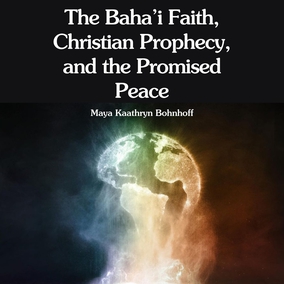

Comments
Sign in or create an account
Continue with Googleor